In over seven years running Chicago Public Schools, I never once closed schools because I knew how important schools were to vulnerable children. In addition to learning, schools provided needed sustenance in the form of meals to our mostly low-income students, as well as structure, play, camaraderie and, for some, safety.
The coronavirus is different, and I support the closing of schools during the epidemic. Kids, teachers, other school employees, families, and all of us would be at much greater risk if the schools stayed open. One of the key factors in containing the Spanish Flu of 1918-19 was the early closing of schools.
Today, however, unlike a century ago, schooling does not have to stop. Even though students are currently paying a high price in the interest of public health, there are a number of ways schools can use this crisis to our advantage and emerge more resilient because of it.
Thanks to technology, parents and teachers can much more easily homeschool our students. We do, however, have a digital divide; too many areas still lack broadband access, and many households lack functional computers and other devices for participating in online learning.
As a nation, we can solve this problem. In partnership with local governments, computer manufacturers and internet providers could quickly collaborate on a plan to close the digital divide and ensure that every single student in America—and their teachers, counselors, school nurses, and other support staff—has the needed technology to homeschool by distributing free or low-cost computers and providing broadband to every community in America.
Some places are already parking Wi-Fi buses in neighborhoods to help them get connected. Others are distributing laptops so they can all stay in touch. These kinds of common-sense solutions are exactly what is needed to keep us all connected.
The long-term benefits of closing the digital divide are incalculable. Long after the coronavirus is gone, vulnerable students who get sick can keep up with their classmates. Low-income children without computers at home can experience the same benefits of technology as higher-income kids. Bringing technologically isolated segments of society into the digital mainstream will help dismantle cultural barriers at a time when that has never been more important.
I am a big believer in accountability, though I am glad the Trump administration recently announced states can cancel their standardized testing this spring. Logistically, it’s now impossible to safely administer tests to groups of students, and the results can’t be counted in any serious way with all this disruption. It’s the last thing our kids should be thinking about.
This crisis is also an opportunity to look at how we can more effectively differentiate learning to meet each student where they are. A lot of great work is underway today under the umbrella of “personalized learning.” By necessity, we now have to take it to scale. This is a chance to learn and get better at something we should be doing anyway.
If we get past this crisis by the summer, I would encourage the federal government to support a major, nationwide summer school and after-school program so kids can catch up and start off next September ready for the next grade. Teachers and after-school providers will welcome the chance to earn some extra money, which will help stimulate the economy, and they will also appreciate the opportunity to help their students catch up. They entered the field of education to make a difference and they don’t want to see their kids suffer.
I bet a lot of kids will also appreciate the opportunity to be with each other as well. As it is for the rest of us, social isolation is hard, even with our smartphones. Robust summer programs will also relieve stress for parents as they return to work.
Our leadership in Washington has been slow to recognize the severity of the pandemic and even slower to act on it. We’re way behind in terms of testing, medical equipment, and hospital beds. With each passing day, we are confirming that more and more people are infected. When the real numbers finally come out, we will begin to see the extent of the threat.
In contrast to Washington, local leaders across America—including governors, mayors, school leaders, and school employees—are stepping up. They’re distributing food to kids, teachers are looking out for their students, making online resources available at low or no cost, and reviewing state and district policies to see what can be adjusted.
There is also a priceless civic lesson in all of this. Every generation has had its crises. Whether it was the Great Depression, World Wars I and II, the Cold War, Vietnam, Watergate, 9/11, or the 2008 financial collapse, these are moments that can either bring us together or divide us.
Today we are more politically polarized than at any time in my lifetime, but this virus does not differentiate between political party, race, or class. It doesn’t target one region while ignoring another. We are all at risk and our best and only hope for solving it is by cooperating and taking care of each other. Now more than ever, we have to love each other, check in on each other, and remember that our personal actions have consequences.
In this crisis, Americans of every age are being called to sacrifice and to serve—and that includes our schoolchildren. At every moment in our history, we have always risen to the call. This time will be no different.
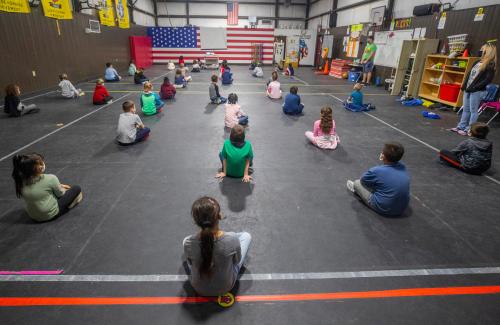
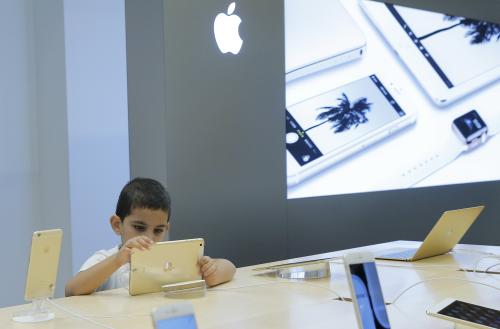
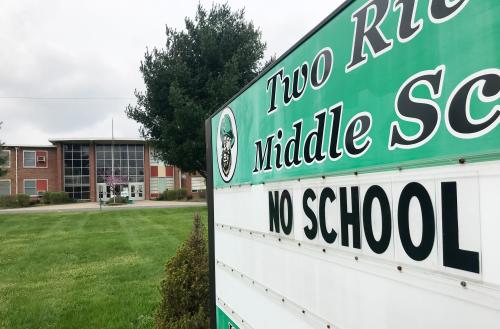
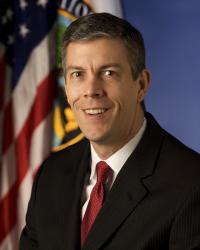


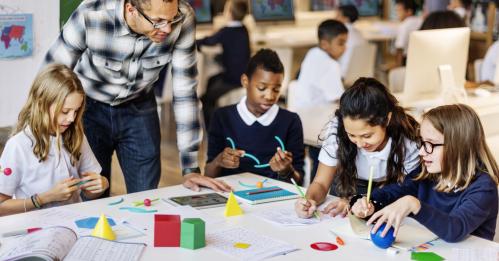
Commentary
Amid school closures and social distancing, finding hope in a crisis
March 23, 2020